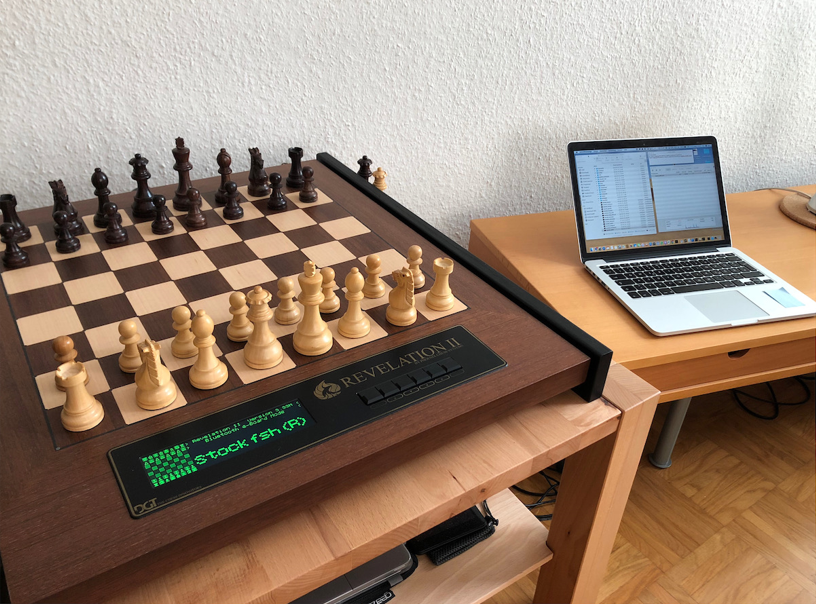How Chess Engines Have Shaped Grandmaster Play?

Introduction
Chess, the age-old battle of intellect and strategy, has seen a remarkable transformation in recent years, thanks to the advent of chess engines. These powerful computer programs have not only provided a treasure trove of information but have also significantly influenced the style of play among grandmasters. In this article, we will delve into the profound impact of chess engines on the world of professional chess, with illustrative examples of how grandmasters have adapted their playing styles.
-
The Opening Renaissance:
Chess engines have revolutionized the study of openings, enabling grandmasters to delve deeper into established lines and discover entirely new variations. For instance, the Ruy Lopez, a classic opening, has seen an explosion of new ideas thanks to engine analysis. Grandmasters now use engines to refine and innovate openings, as well as to uncover hidden resources. An example of this can be seen in the World Chess Championship match between Magnus Carlsen and Fabiano Caruana in 2018. In Game 1, Carlsen’s novelty with 6.d3, discovered with engine assistance, caught Caruana off guard and set the tone for the entire match.
-
Precision and Calculation:
Chess engines are renowned for their unparalleled calculation abilities. Grandmasters have learned to incorporate this level of precision into their play, leading to an increase in tactical accuracy. An illustrative example is the 2020 Candidates Tournament, where Ian Nepomniachtchi demonstrated deep engine-like calculation skills. In his game against Wang Hao, Nepomniachtchi accurately calculated a complex tactical sequence, sacrificing his queen for a winning attack. This level of calculation has become more common among grandmasters, leading to more daring and tactical battles on the board.
-
Endgame Mastery:
Chess engines excel in endgame play, providing grandmasters with a wealth of knowledge. For instance, in the endgame of the 2016 World Chess Championship between Carlsen and Sergey Karjakin, Carlsen’s precise endgame technique, influenced by engine analysis, helped him secure victory in the 10th game. His move 56.Kg3!, calmly improving the king’s position, was a computer-like decision that ultimately led to his win.
-
Defensive Resourcefulness:
Chess engines have demonstrated remarkable defensive abilities, often holding drawn or losing positions. Grandmasters have learned from this and have become more resourceful in difficult situations. A prime example is the 2019 World Rapid Championship, where Hikaru Nakamura defended a seemingly hopeless position against Levon Aronian, salvaging a draw. This resilience under pressure is a direct influence of engine-driven analysis.
-
Balancing Act:
While chess engines offer precision and accuracy, grandmasters still treasure their creative and intuitive abilities. This blending of engine-driven calculation and human creativity is a defining feature of modern grandmaster play. Take the 2016 World Chess Championship, where Carlsen’s innovative piece sacrifice in Game 8 against Karjakin showcased the harmony between engine preparation and creative brilliance, leading to a thrilling victory.
Conclusion
Chess engines have undeniably transformed the style of play among grandmasters. The fusion of computer-assisted analysis with human intuition has led to a higher level of chess than ever before. As we witness grandmasters adapt and evolve, it becomes evident that chess engines are not just tools but indispensable partners in their quest for excellence on the 64 squares. The chess world continues to be a fascinating arena where human creativity and machine precision coexist, making the game more thrilling and enriching than ever.